
New energy pioneers
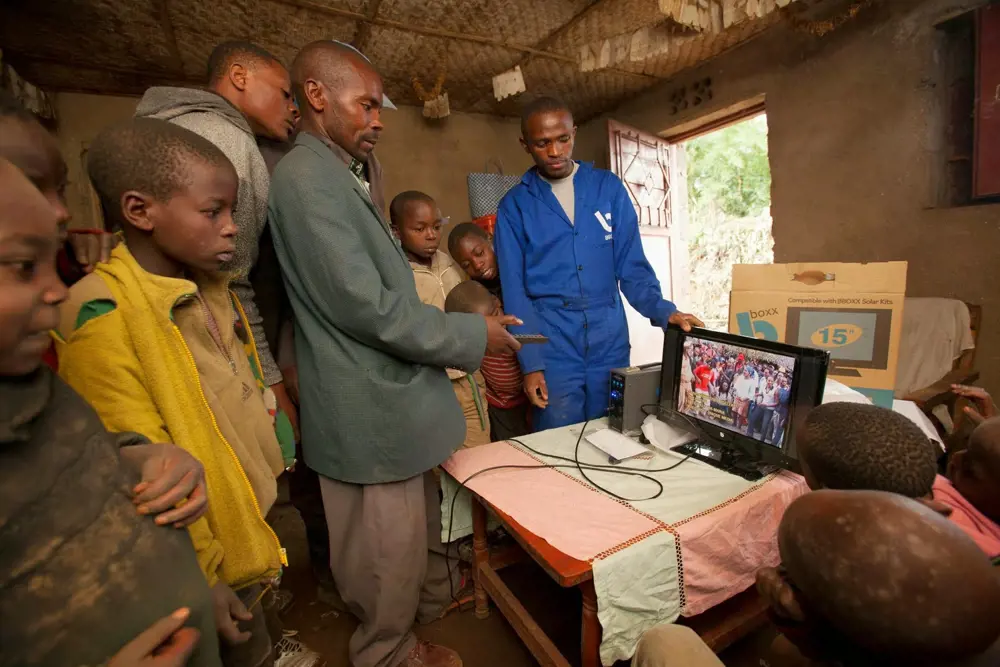
After installation, BBOXX technicians demonstrate how to operate the solar home systems and the accessories that come with it – Rwanda, November 2014 © BBOXX
Five years ago, three electrical and electronic engineering students from Imperial College London created the start up BBOXX. In many developing countries, kersosene lights, candles and generators have been the traditional means of providing energy in areas that are off the grid. However, the company saw that solar-powered battery boxes could work to power small appliances such as lights, mobile phones, radios and televisions. These systems have proved so popular in East Africa and parts of Asia that today, more than 250,000 people use BBOXX systems.
At first, the battery units were sold directly to customers, but along with other challenges, the upfront cost of the unit slowed down the spread of the product. Then, two years ago, the company started work on remotely monitoring the battery systems. The breakthrough result was a product-performance feedback system that enabled their products to remotely connect to a central server over the GPRS (2G) network. This network has achieved widespread coverage in many African countries, owing to the explosion in popularity of mobile phones.
Over this network, the SMART Solar system is able to relay information about the state of the battery’s health, the trends in energy usage, and any electrical issues with the box itself. This allows local technicians trained by the company to head out and repair a box before a customer is even aware of an issue.
This allows local technicians trained by the company to head out and repair a box before a customer is even aware of an issue
One of the major advantages of this system is that it enables BBOXX to remotely deactivate units, which in turn enables it to distribute the system on a payment plan. Instead of selling a product that requires total payment in advance, the company is able to offer access to electricity that can be paid for over 36 months, ensuring that energy is an accessible, and often the most affordable, option for the poorest people in the most rural parts of the developing world.
The company has established a global supply chain, designing, manufacturing and financing off-grid rural areas in 35 different countries. Over 50,000 battery boxes have been distributed to date, and the company now supports 170 employees on three continents. Now that the company has cracked the technology, it is tripling its growth rate each year. By 2020, it hopes to have electrified over 20 million people around the world.
🖱️ Visit their website
***
This article has been adapted from "New energy pioneers", which originally appeared in the print edition of Ingenia 64 (September 2015).
Keep up-to-date with Ingenia for free
SubscribeRelated content
Energy

Algae-powered architecture
An apartment block in Hamburg in Germany has been built that uses microalgae placed within its façade to generate heat and biomass. Jan Wurm, an associate director at Arup, was one of the chief designers of the energy system. He talked about the concept, execution and results from the world’s first photobioreactor.
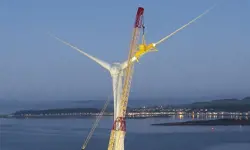
Digital hydraulics for wind energy and beyond
Research that has helped change the technology for harnessing wind energy has many other applications. The digital hydraulics system devised by Artemis Intelligent Power has received many accolades, the latest being the winner of the 2015 MacRobert Award.
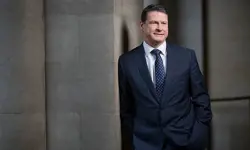
Energy with connections
When Steve Holliday FREng moved from the oil industry into energy distribution, the sector was seen as staid. In reality, during his years at National Grid, the sector became increasingly important as the need to tackle climate change led to a transformation in the UK’s energy mix.
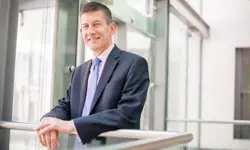
Building a sustainable career
Dr Shaun Fitzgerald FREng has moved between academia, strategic consulting and running his own business, and is now the new Director of the Royal Institution. A career that started in geothermal energy research moved to natural ventilation in buildings, leading to a business that has changed the nature of building design.
Other content from Ingenia
Quick read
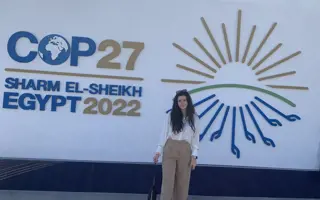
- Environment & sustainability
- Opinion
A young engineer’s perspective on the good, the bad and the ugly of COP27
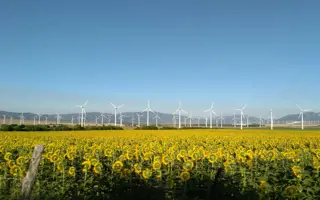
- Environment & sustainability
- Issue 95
How do we pay for net zero technologies?
Quick read
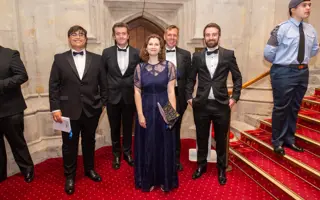
- Transport
- Mechanical
- How I got here
Electrifying trains and STEMAZING outreach
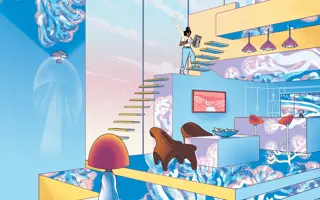
- Civil & structural
- Environment & sustainability
- Issue 95